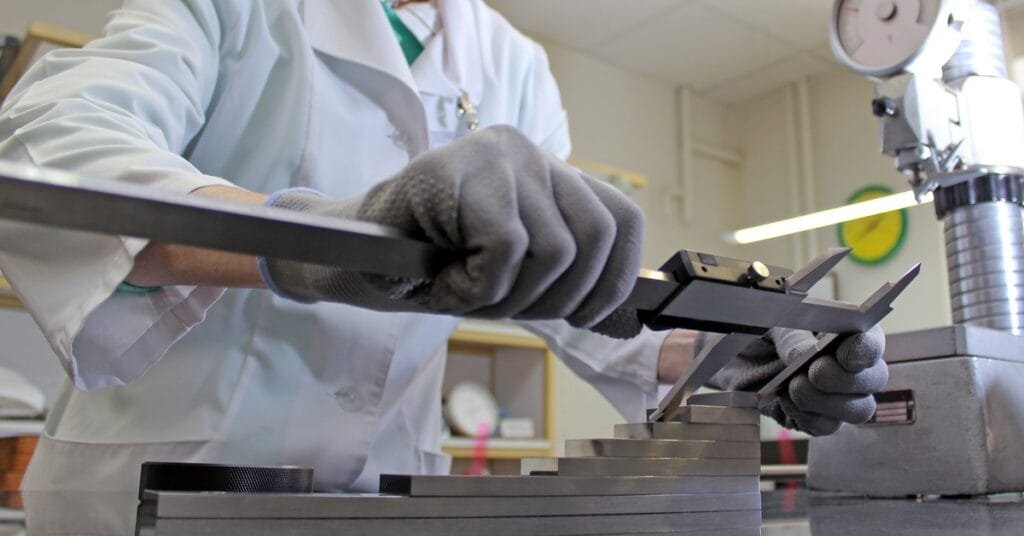Material innovation drives the future of manufacturing precision. As industries demand higher accuracy and reliability, exploring materials for high-performance metrology tools becomes essential for maintaining a competitive advantage.
Why Material Selection Matters in Metrology
Material properties directly influence measurement accuracy, thermal stability, and long-term reliability. Poor material choices lead to dimensional drift, measurement errors, and costly equipment failures.
Smart manufacturers recognize that investing in superior materials upfront prevents expensive quality issues downstream. This ensures consistent performance across varying environmental conditions.
Fundamental Metrology Materials
Steel and granite are the anchors of metrology; they offer stability and cost-effectiveness. Steel provides excellent machinability and strength, while granite delivers superior thermal properties and vibration dampening.
Both materials are critical in coordinating measuring machines and surface plates, particularly where budget constraints require reliable, time-tested solutions.
Advanced Alloys
Advanced alloys push measurement boundaries through engineered properties. The ultra-low thermal expansion of Invar makes this nickel-iron alloy ideal for precise projects. Ceramic-metal composites offer enhanced wear resistance. Industries where micro-level accuracy is crucial for product success find support in these materials.
Composite Materials
Carbon fiber composites are reshaping metrology tool design with their exceptional stiffness-to-weight ratios and near-zero thermal expansion properties.
These materials enable the creation of lightweight, portable metrology equipment that does not sacrifice precision. Ceramic matrix composites offer superior wear resistance and thermal stability, making them perfect for high-temperature measurement environments.
Emerging Material Innovations in Metrology
Synthetic materials are pushing the boundaries of what’s possible in precision measurement. For instance, the properties of synthetic ruby spheres provide exceptional hardness and thermal stability for critical measurement applications.
Advanced ceramics and engineered polymers offer unique combinations of properties previously unavailable. These innovations enable metrology tools that operate in extreme environments while maintaining measurement accuracy.
Materials science continues to reshape metrology’s landscape, demanding strategic decisions from manufacturing leaders. The convergence of traditional reliability with emerging innovations creates opportunities for unprecedented measurement precision. Companies exploring materials for high-performance metrology tools today will define tomorrow’s manufacturing standards.
